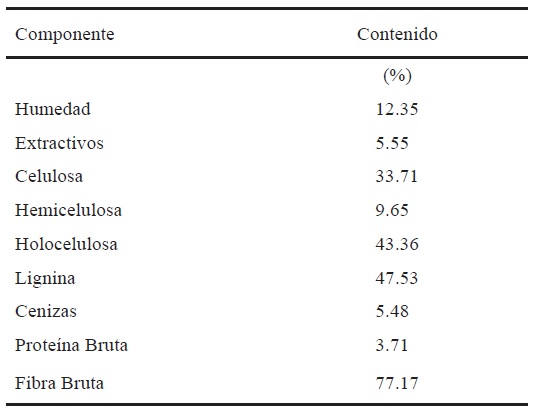Caracterización química de la cáscara del fruto de Jatropha curcas
DOI:
https://doi.org/10.28940/terra.v40i0.958Palabras clave:
celulosa, ésteres, fibra, hemicelulosa, ligninaResumen
Jatropha curcas L. posee un potencial, que radica en su alto contenido de aceite para la producción de biodiésel. Para extraer el aceite de J. curcas es necesario descortezar las semillas y como este coproducto representa el 2.0% del peso total, resulta importante buscar opciones para su utilización. El paso previo a cualquier acción en este sentido es conocer sus valores bromatológicos y la presencia de compuestos fenólicos totales. Durante un período de dos años (2017-2018) en la estación experimental de pastos y forrajes Indio Hatuey se realizó un estudio sobre la determinación de la composición química de la cáscara del fruto de J. curcas. El objetivo de este trabajo fue caracterizar la composición química de la cáscara del fruto de J. curcas. Las muestras se obtuvieron al azar de una plantación con más de dos años de establecidas a partir de frutos maduros deshidratados al sol. Los valores obtenidos fueron, en porcentaje, humedad 12.35; cenizas 5.48; proteína bruta 3.71; f ibra bruta 77.17; celulosa 33.71; hemicelulosa 9.65; holocelulosa 43.36; lignina 47.53; extractivos 5.55; Na 0.78; K 4.51; Ca 0.59; Si 0.08; S 0.03; P 0.72 y compuestos fenólicos totales 1.89. Los resultados señalan a los componentes f ibrosos como predominantes, los contenidos de minerales aceptables y los aportes de proteína bruta discretos. La alta composición fenólica sugirió la necesidad de profundizar, desde el punto de vista cualitativo y cuantitativo, en los elementos orgánicos que la componen y determinar si hay presencia de ésteres de forbol.
Descargas
Publication Facts
Reviewer profiles N/D
Author statements
- Academic society
- Terra Latinoamericana

















